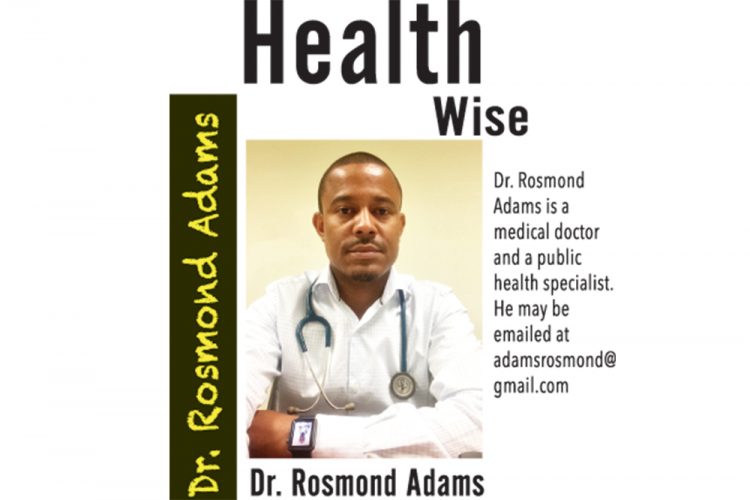The Chinese Flu

Late last year the Wuhan Municipal Health Commission in Hubei Province, People’s Republic of China, reported 27 cases of acute respiratory syndrome of unknown etiology among people linked to a wet market (of marine products) in Wuhan City. Wuhan is a large city in China with a population of 19 million. Of these cases, 7 were reported as severe.
The patients presented with fever, some patients presented dyspnea and pneumonic changes on the chest x-rays. That is, they presented signs of pneumonia, a lower respiratory tract infection and difficulties breathing.
To date, the number of people infected with the new virus in China have tripled, with the outbreak spreading from Wuhan to other major cities. There are now more than 200 cases, mostly in Wuhan, though the respiratory illness has also been detected in Beijing, Shanghai and Shenzhen. Three people have died. Japan, Thailand and South Korea have also reported cases.
The outbreak of this respiratory illness closely resembles the SARS outbreak that occurred in 2003. According to the World Health Organization (WHO), a total of 8,098 people worldwide became sick with SARS during the 2003 outbreak. Of these, 774 died.
So, what do we know about this mystery illness?
According to the WHO it has been labelled 2019-nCoV (novel coronavirus). It is understood to be a new strain of coronavirus that has not previously been identified in humans. Coronaviruses are a broad family of viruses, but only six (the new one would make it seven) are known to infect people.
Scientists believe an animal source is “the most likely primary source” but that some human-to-human transmission has occurred and is now occurring. The signs of infection include respiratory symptoms, fever, cough, shortness of breath and breathing difficulties.
People are being advised to avoid “unprotected” contact with live animals, thoroughly cook meat and eggs, and avoid close contact with anyone with cold or flu-like symptoms.
What does this mean for us?
Since we are living in a world where people are constantly moving, we must be vigilant. Travelers going to and coming from China should be provided with information so that if they suspect that they may be ill they can seek medical information.
Public health surveillance around respiratory infections should be strengthened especially at ports of entry and infection control and prevention measures beefed up. Adequate laboratory testing should be available to collect and test samples should there be a suspected case so that containment measures can be put in place to prevent potential spread.
Remember simple measures such as practicing hand hygiene, use of personal protective equipment, ensuring respiratory hygiene and cough etiquette can go a long way in preventing the spread of respiratory illness.









